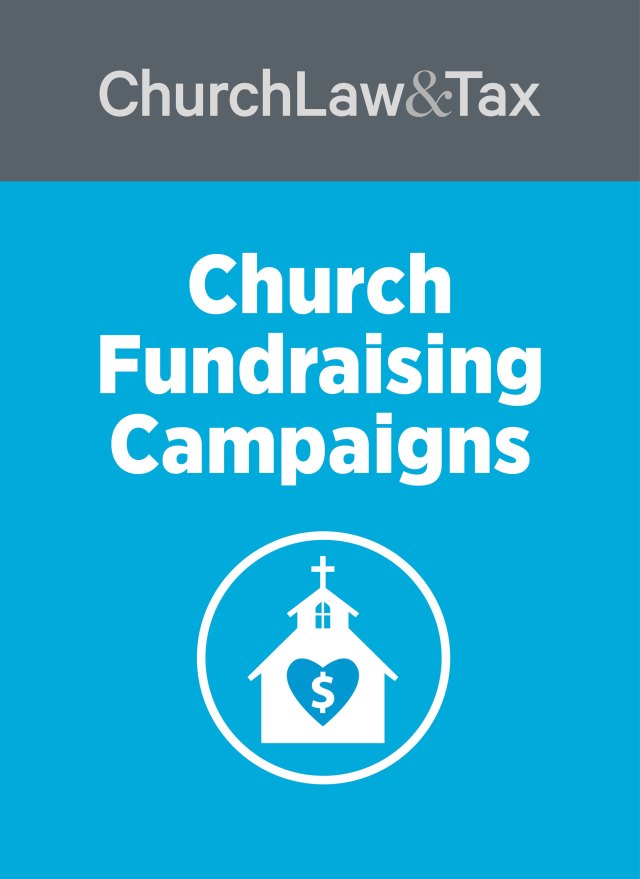IRS Letter Ruling 9405003
Designated contributions are a common way churches raise funds for specific purposes, such as scholarship funds. However, these contributions may not always be tax-deductible. Here’s what churches and donors need to know.
What is the IRS Position on Designated Contributions?
The IRS has clarified that contributions earmarked for specific individuals, like students, may not qualify as tax-deductible. The agency focuses on whether the organization has full control and discretion over how the funds are used. If donors expect their contributions to benefit specific individuals, the donations may not meet IRS guidelines for deductibility.
IRS Ruling: Key Takeaways
- Contributions designated for a specific individual are not deductible.
- Organizations must demonstrate full control and discretion over donated funds.
- The intent of the donor plays a significant role. Donations made with the expectation of benefitting a specific person are generally non-deductible.
Examples of Tax Treatment for Designated Contributions
- Non-Deductible Example: A parent contributes $2,000 to a scholarship fund and specifies that it should cover their child’s tuition. This contribution is not tax-deductible.
- Deductible Example: A donor gives $1,000 to a general scholarship fund without naming a specific recipient. This contribution is tax-deductible because the organization retains full control.
Impact on Other Types of Designated Contributions
This ruling also affects contributions for missionaries, benevolence funds, and other purposes. Contributions can remain deductible if the organization exercises full control and does not limit funds to a specific recipient.
How Should Church Treasurers Handle These Contributions?
- Refuse Non-Deductible Checks: If a donor specifies a recipient, treasurers should refuse the check or inform the donor it’s non-deductible.
- Stamp Contributions as Non-Deductible: Use a stamp to mark checks as “NONDEDUCTIBLE” when appropriate.
- Provide Clear Receipts: Ensure receipts explicitly state the contribution terms.
FAQs About Designated Contributions
What makes a designated contribution non-deductible?
Contributions are non-deductible if they are earmarked for a specific individual rather than the organization’s general purpose.
Can contributions for missionaries be tax-deductible?
Yes, if the organization retains control over the funds and uses them for general missionary support.
What about contributions to benevolence funds?
Benevolence contributions may not be deductible if they are directed to specific individuals. General benevolence funds can be deductible if the organization retains discretion over fund distribution.
How should organizations communicate with donors about these rules?
Provide clear guidelines to donors at the time of contribution, ensuring they understand the tax implications of designated gifts.
Conclusion
Understanding the IRS rules for designated contributions is essential for both churches and donors. By ensuring compliance, churches can help their members maximize tax benefits while adhering to federal guidelines.





